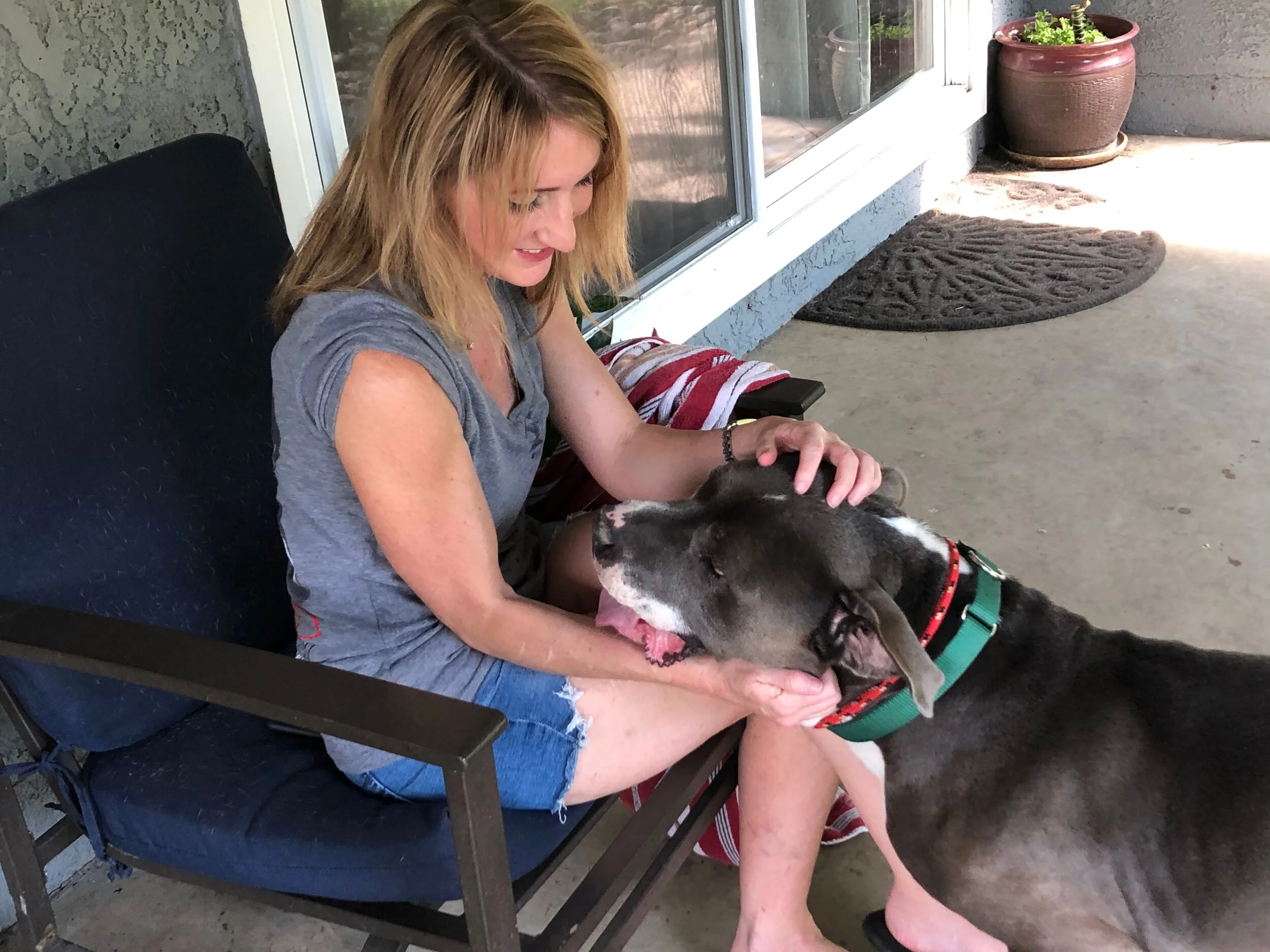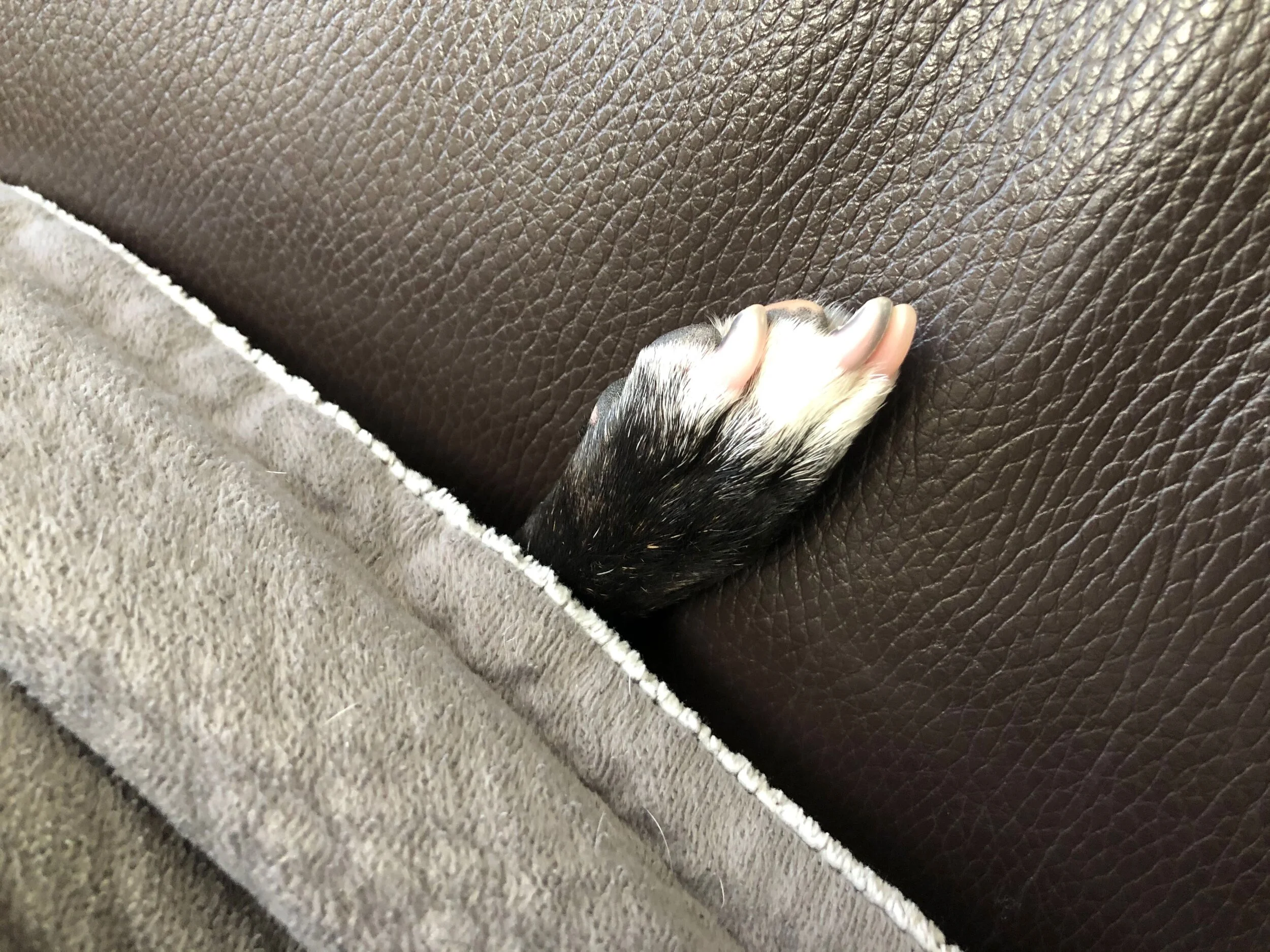It was hard to accept that my best friend needed a better environment.
Heart Murmur in Dogs and Cats: Signs, Symptoms, Causes and Treatment
“No-Kill” May Also Be the Future of Animal Protein
Grit, Talent, Ingenuity Mark 2020 Wildfire Animal Rescue Efforts
An Open Letter to Rescue Legacy’s Subscribers
New Years with Pets — All is Calm, All is Right
2020: Good Riddance or Good Learning for People and Pets
Do Pets Suffer from Seasonal Affected Disorder?
A COVID Christmas May Drive Demand for Companion Animals Skyward
U.S. Department of Transportation Halts Support Animal Designation
Holiday Foods Harmful to Pets
Amidst Anger and Despair, More Reasons to Be Grateful Because of Our Pets
Adopted-Dog-Elect Strikes Hopeful Tone
Decision 2020 — The Best One for Our Pets and Children
Safe In Austin — a Haven for “Broken” Animals and Children
Protecting Pets From Winter Cold
Winter is officially eight weeks away, but that hasn’t stopped cold snaps from gripping parts of the U.S. Here in Portland, Oregon, high and low temps have slid 20 degrees in some areas over the past day and a half.
How cold is too cold for a pet to remain outside for more than a few minutes? That depends on several factors including breed, size and hair length/density. There is no cookie-cutter formula to calculate the lowest “safe” temp a specific pet can tolerate. However, an animal companion will quickly let us know how low is too low. It starts with shivering and could end with delirium and a collapsed pet. Hopefully, we pick up more subtle cues early.
Below are some suggestions for keeping pets safe and warm during cold spells:
Bring ‘Em Inside. Some pet parents — especially in rural areas or homes with expansive yards —keep their pets outdoors at least some of the time. When the mercury drops, however, pets are at risk for frostbite and hypothermia on exposed skin. Noses, ears and paw pads are especially vulnerable. Keep dogs and cats indoors. Take shorter walks. Bundle up short-haired pets in a cushy coat or sweater. We might feel silly donning hideous holiday sweaters, but they won’t mind at all. Horses should have access to a barn or three-sided run as well as blankets — when needed — to help insulate them from the cold.
Wipe ‘Em Down. It’s not just mud and water that pets can track in to the house. Rock salt and other chemicals used to melt snow can irritate a pet’s paw pads. A pet may then lick their feet and transfer these chemicals to their mouths. One look at a salt-eaten car bumper would be enough to prompt a pet wipe down with a damp cloth after winter outings. Make a quick sweep of the driveway or garage for anti-freeze leaks. This deadly fluid tastes sweet to animals. Consider switching to coolants and antifreeze made with propylene glycol which is less toxic to pets, wildlife and human family.
Give ‘Em a Rap. Cats and smaller animals sometimes snuggle with a cooling car engine to take refuge from the cold. A knock on the hood before driving off will rouse and scare off any critters who might otherwise get injured.
Build ‘Em Shelter. Community or ferrel cats, stray dogs and other animals need protection from harsh elements. Consider collaborating with friends and neighbors to build makeshift shelters in your neighborhood. Slap a wooden house together that is roomy enough for a stray or lost animal to move around in, but small enough for them to efficiently retain body heat. Mount it a few inches off the ground and line the bottom with cedar shavings or straw. Cover the opening with heavy plastic or waterproof burlap to improve insulation. Convert a plastic tub into a cat shelter simply by cutting a “window” into one side and inverting it onto a bed of dry leaves. Leave food and water in plastic bowls — an animal’s tongue can stick painfully to metal in freezing temperatures.
Keep ‘Em Fed and Hydrated. Animals need more food and water during winter to help them generate, circulate and maintain body heat.
Give ‘Em a Voice. If you come upon a pet or livestock in apparent distress, politely express concern to owners. Many assume that all animals are naturally well-insulated and are just not aware of the dangers. Some will appreciate your observations. If you get a surly, mind-your-own-business response or they continue to neglect their animals, take steps to advocate for them. The Humane Society offers sound advice on how to handle such situations.
While our Lilly, the Boston terrier, is definitely missing her sun-baths in 110+ degrees, she’s quickly adapting to fall temps in the Pacific Northwest. At the same time, we are acutely aware of the fine line that separates brisk, outdoor fun from that take-me-home-in-your-coat shiver.
Her line is drawn sharply at 42 degrees Fahrenheit.




















